Top 7 virtual software solutions
Virtual classroom software enables teachers and students to connect remotely while retaining the important benefits of face-to-face interaction. This technology is the next evolution of education and training, offering students and teaching staff more flexibility in how they learn and teach.
In this article, we’ll look at seven virtual classroom software solutions.
1. Jotform
You can use Jotform to support your virtual classroom in multiple ways. With the online Form Builder, you can create registration forms, feedback forms, surveys, class quizzes, polls, progress reports, and forms for appointments. Take a look at the selection of free online form templates to see how Jotform can help improve your virtual classroom.
For a truly dynamic virtual classroom experience, you can use Jotform Presentation Agents to deliver interactive, voice-narrated slides that guide students through lessons, quizzes, assignments, and more. These self-paced, visual presentations not only save teachers time but also enhance engagement by providing a clear and structured learning journey.
Key features include
- A 50-percent discount for nonprofits and educators
- Drag-and-drop form building functionality
- Lots of helpful form integrations
- Security features including 256-bit SSL, encryption, PCI certification, and more
2. RemoteHQ
RemoteHQ enables multiple users to collaborate and interact digitally in real time. Though it isn’t specific to education, the software can be useful for remote classrooms.
This platform doesn’t require a download or installation. Students access RemoteHQ via an internet browser, making this a user-friendly tool that’s easy to access.
The key features of RemoteHQ include
- Video conferencing
- Screen sharing
- Co-browsing
- File sharing
- Whiteboarding
- Joint note taking
- Real-time transcription
- Audio recording
3. Yousician
Yousician is an innovative software solution that aims to simplify remote musical education. Students can learn to play any instrument by getting custom, crafted lessons from expert musical educators via a tablet, computer, or smartphone.
Yousician offers
- Tailored lessons based on performance and skill level
- Thousands of songs, lessons, and exercises
- Goal tracking tools to monitor your progress
- Video tutorials with step-by-step instruction
- Weekly competitions between millions of students
4. Engage VR
Every student has a different learning style or preference. When you empower them to tap into different styles, students can increase their retention of information and develop new methods for researching and learning. Engage VR’s proprietary virtual reality (VR) platform leverages multiple learning methods and 360 videos to create a productive learning environment that encourages interaction.
Additional features and benefits include
- Up to 50 users in a remote classroom
- Interactive 3D objects in a live VR environment
- Content creation and sharing via video recording
- Virtual locations and backdrops of cities and landscapes — even the moon
Virtual reality is still in its infancy, but as the technology advances, it’s sure to bring exciting new changes for virtual classrooms.
5. Osmo Live
The Osmo Live platform focuses on transforming K–5 education. The founder, Pramod Sharma, noticed kids’ dwindling interest in remote learning as a result “Zoom fatigue.”
To counteract this, Osmo Live provides several features to keep young children engaged in their education:
- One-to-one surveys that allow instructors to gauge their students’ progress
- Teacher-only broadcasts to keep students from being distracted by additional screens
- Interactive speech-to-text functionality with emojis, live chats, and poll answers that you can integrate into daily lessons
- Augmented reality that keeps students excited and offers them new ways to understand concepts
6. TakeLessons
TakeLessons is a virtual learning platform that includes more than 300 subjects — with programs for languages, music, academics, yoga, and more.
Top features of TakeLessons include
- Communication tools to connect with local and long-distance teachers
- Enhanced review systems to help great instructors build a strong reputation on the platform
- Integrated class and payment management for a one-stop solution
Educators, students, and parents can explore the various subjects available and craft a learning path that fits their needs.
7. Hoppin’ World
There’s a big world out there, yet most people don’t have the means to see it all in person. Hoppin’ World is a virtual reality platform that gives teachers the opportunity to show their students exciting landscapes and 3D areas.
Students from around the world can plug into the adventure and explore new places together in a guided setting by using a virtual reality helmet.
Students and educators can enjoy
- Dedicated virtual channels
- Live performances
- Views of the main attractions in particular cities — like some of the world wonders — in full 360-degree vision
Hoppin’ World is an exciting way to engage students using modern technology that removes geographical barriers and teaches them about different environments around the globe.
Virtual classrooms are the future of learning
Traditional education and training models are changing rapidly. For schools, students, and any company that wishes to train its employees, virtual classroom software makes it easy to communicate and educate.
You no longer need to be in the same room as your students to provide education that will help them thrive.







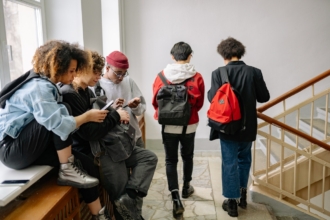











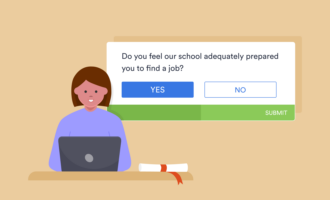

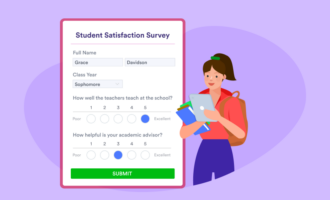










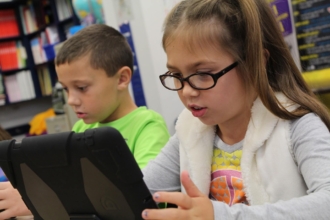




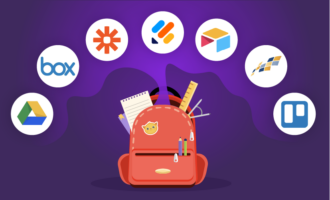
















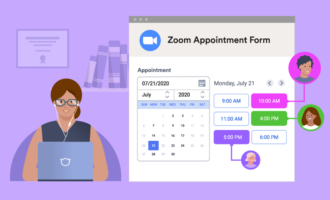






























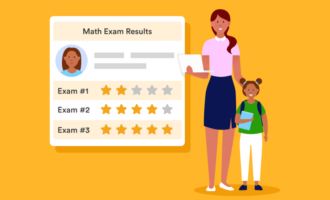


















Send Comment:
2 Comments:
More than a year ago
nice work
More than a year ago
This was a really insightful list and thanks for putting this up together. However, I feel tools like DeskFlex should also be included because this Classroom Scheduling Software also enables teachers and students to connect remotely and help to book their classes online.